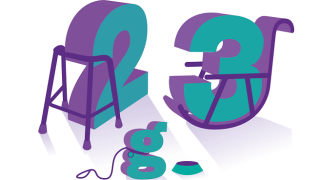Europe now has over 3.2 million fibre-to-the-home (FTTH) or fibre-to-the-building (FTTB) subscribers. That becomes 4.5 million if you fold in Russia. Optical fibre now sails past the front doors of over 18 million European homes; while still a minority, this is a major step up from the beginning of the decade.
The Nordic countries, like Sweden and Norway, are in particular able to hold their heads up, feeling the dividend of their early fibre adoption. Other nations, like the Netherlands, France and Portugal have made strides over the past year or two, and all three Baltic states now meet the FTTH Council’s qualification for its ranking – which is to have at least 1% of their population using fibre in the home.
The European Union wants a lot more. Its Digital Agenda has set the bar at 50% of all European households connected at rates of at least 100Mbps by 2020, with no household having less than a 30Mbps connection by that time.
Herein lies the danger. There are still many voices talking up copper-based broadband solutions as a possible way forward, or looking for answers in 4G cellular or WiMAX services. As any DSL subscriber knows, what’s promised on the tin is not what’s delivered in real life, thanks to variables like distance from an exchange, and how contended the service is by other customers. And with the best will in the world, we’re not going to enjoy all the bandwidth we need wirelessly, even with LTE.
Next-generation access means something quite different in Asia’s more prosperous economies, and that’s where Europe needs to look to see where it is on the scale – not inwards.
If Europe’s Digital Agenda is to be met even halfway, every wholesaler, every ISP, every government and every regulator needs to be part of the solution. Europe’s networks, at both transport and access levels, require serious investment from public or private sources before they are ready for applications like teleworking, video communication, e-health and 3D digital entertainment.
Decisions made now will resonate for decades. The danger is that by focussing internally on how well its economies are doing relative to each other, Europe is missing the bigger picture, thus putting off difficult decisions and ultimately selling citizens and businesses short.
Guy Matthews can be contacted at: guy@transom-enterprises.co.uk




